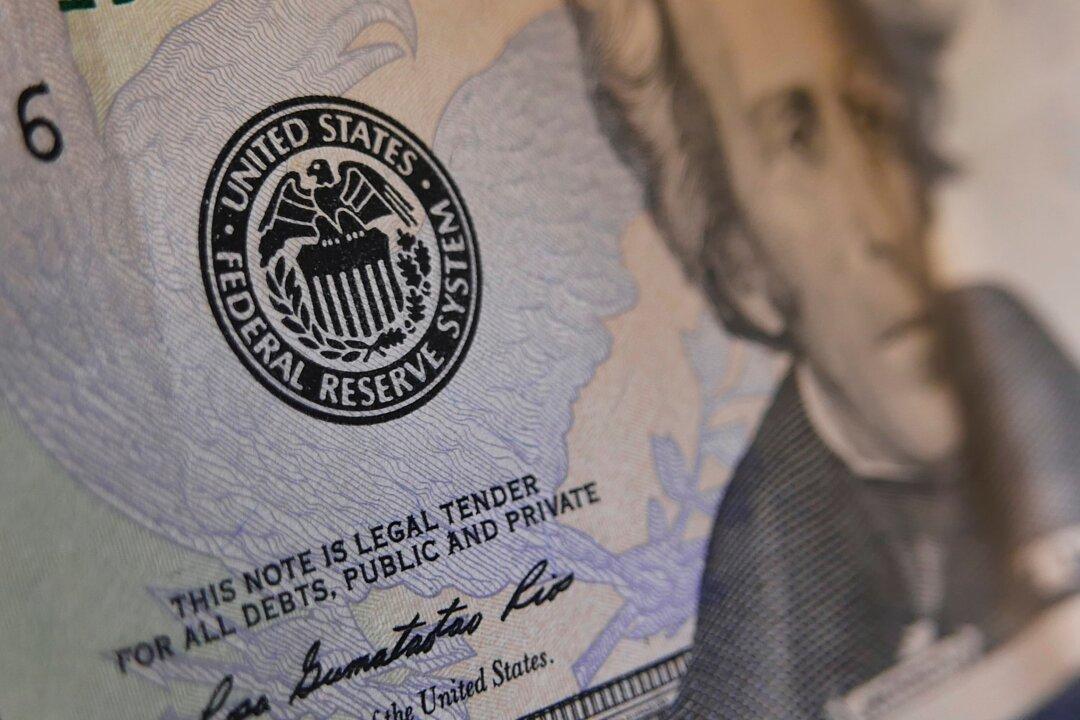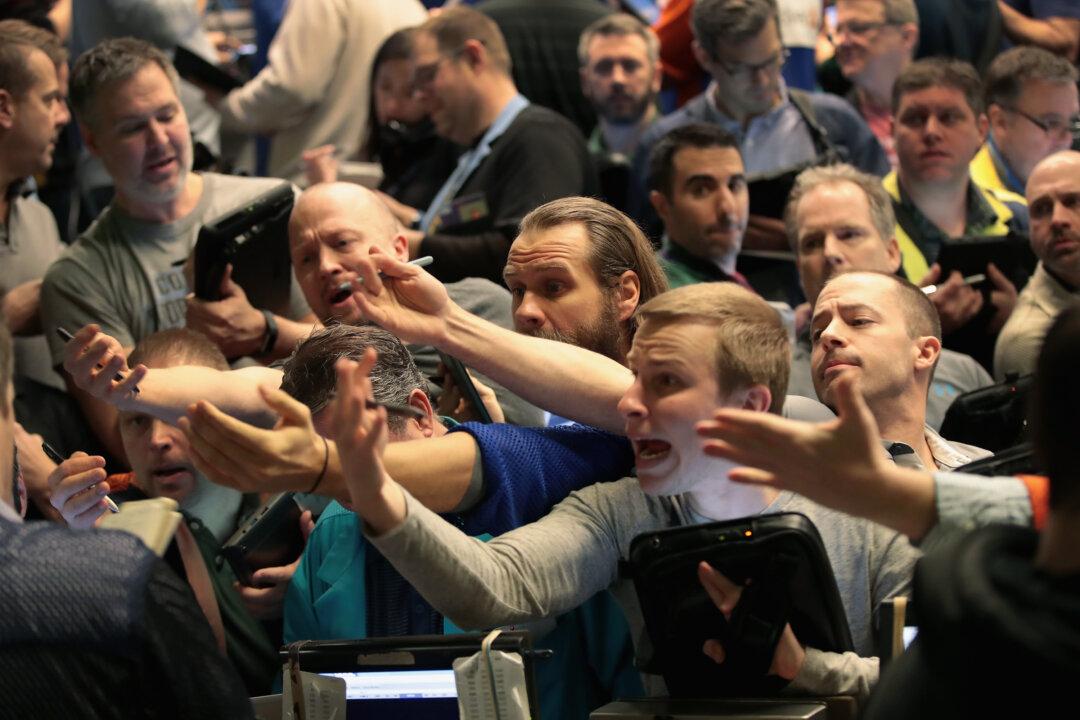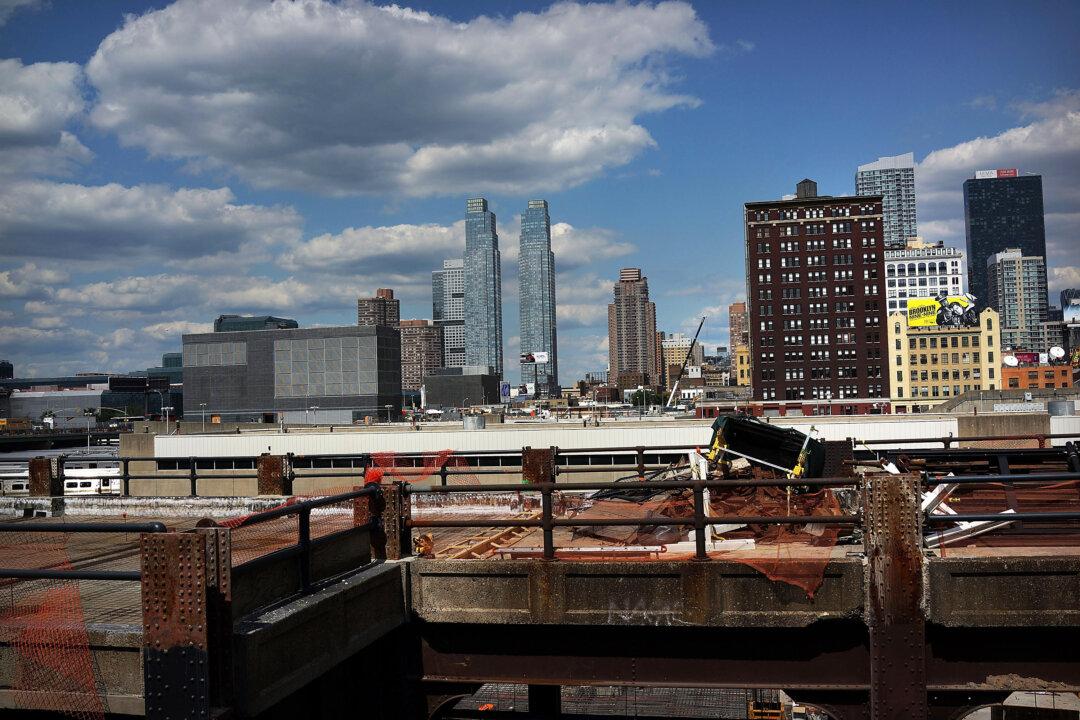Since the financial crisis of 2008, the official banking system has reduced leverage and has stayed away from lending to low-quality borrowers, at least directly. However, there are other non-bank lenders, the so-called shadow banks which have been piling up risk, largely unseen from the public.
This is a topic few if any understand fully due to its complexity, but the rough contours are clear. First, some history. The 1920s bubble was virulent because (like today) banks were allowed to fund long-term mortgages with demand deposits.





